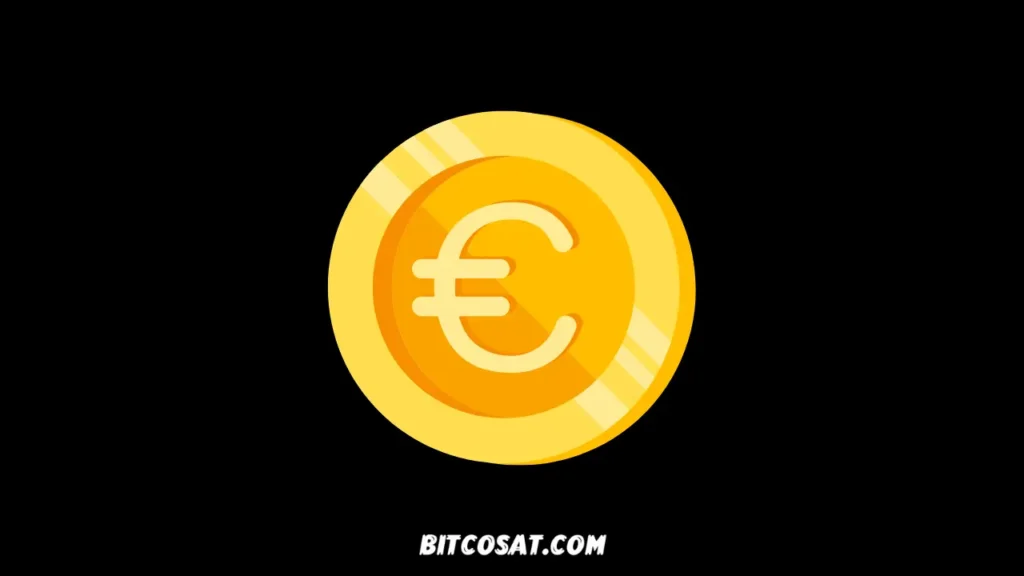The digital euro is currently considered one of the most important monetary projects in the eurozone since the adoption of the single currency in 1999.
In a report published by the French website Cointribune, writer Luc Jose says that the European Central Bank is currently conducting numerous in-depth studies and research to ensure the project’s success.
On June 28, the European Commission proposed two regulations aimed at establishing a legislative framework for the digital euro. Here are the five most frequently asked questions about this project:
Table of Contents
1. What is the digital euro?
The digital euro is a project led by the European Central Bank that aims to create a digital version of the euro. This “digital currency” will be issued and controlled by the European Central Bank and will have the same characteristics as traditional currency.
Contrary to what some believe, the digital euro is not a crypto because it is not based on decentralized blockchain technology and is not subject to value fluctuations.
This digital currency offers citizens and businesses a secure and efficient alternative to physical cash that can be used to make secure, transparent, and instant payments.
2. Could a digital euro replace cash?
The digital euro cannot replace cash, but is simply a complement to provide European users with a secure digital option for their transactions.
3. Why do Europeans want to adopt it within the eurozone?
In a world where demand for secure and efficient electronic payment methods is growing, the digital euro presents itself as a major innovation that could indeed offer European users numerous benefits, including:
- Ease of use: Users can make instant payments, whether online or in person, without the need to use cash.
- Lower transaction costs: particularly in cross-border payments.
- Enhanced security and privacy: The digital euro could help protect users from the risks of currency counterfeiting and prevent fraud.
- Financial inclusion: CBDC will allow more people to access financial services, especially in areas where access to banking infrastructure is limited.
4. How will the digital euro work?
The exact performance of the digital euro has yet to be fully determined and remains the subject of numerous in-depth studies and analyses. However, based on the explanations provided by the European Central Bank and current discussions, the digital currency will operate according to the following system:
- Issuance and reserve: It will be issued by the European Central Bank and will be based on secure technology.
- Digital Wallets: Users will need a secure digital wallet to manage and store their digital euro. This could be provided by a central bank or financial service provider.
- Conversion: This is a very interesting point because the digital euro can be exchanged at a fixed conversion rate for existing physical euros.
- Transactions: The digital euro can be used to conduct instant transactions through mobile applications, payment cards, or other electronic means. Payments can be made peer-to-peer or with merchants that accept the digital euro.
- Security and confidentiality: The digital euro will be built with reliable measures such as encryption, identity verification mechanisms, and data protection protocols. This must protect users’ privacy as well as their digital financial assets.
5. What are the risks associated with adopting a digital euro?
The digital euro project poses several risks that are not hidden from financial experts, including:
- Competition with existing currencies: The first risk posed by the digital euro is monetary security. If European citizens massively switch to this new form of money, they could end up depriving retail banks in the eurozone of liquidity. This could happen if people begin to view central bank digital money as safer than commercial bank money.
- Confidentiality and Privacy: The digital euro is inherently less confidential than traditional currency. Therefore, European data protection authorities warn against respecting the privacy and confidentiality of data users of the future European Central Bank CBDC. Transactions made using the digital euro could include personal information such as payment details, user IDs, and transaction history. Therefore, it is important to put in place measures to prevent the misuse of this data.

